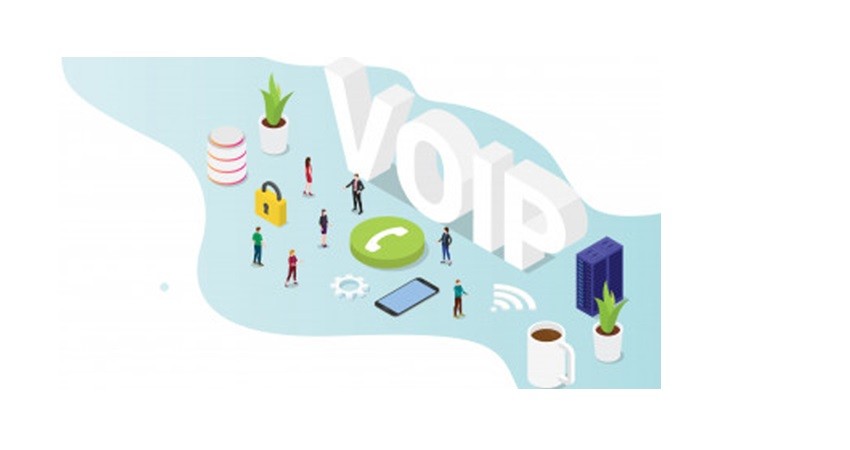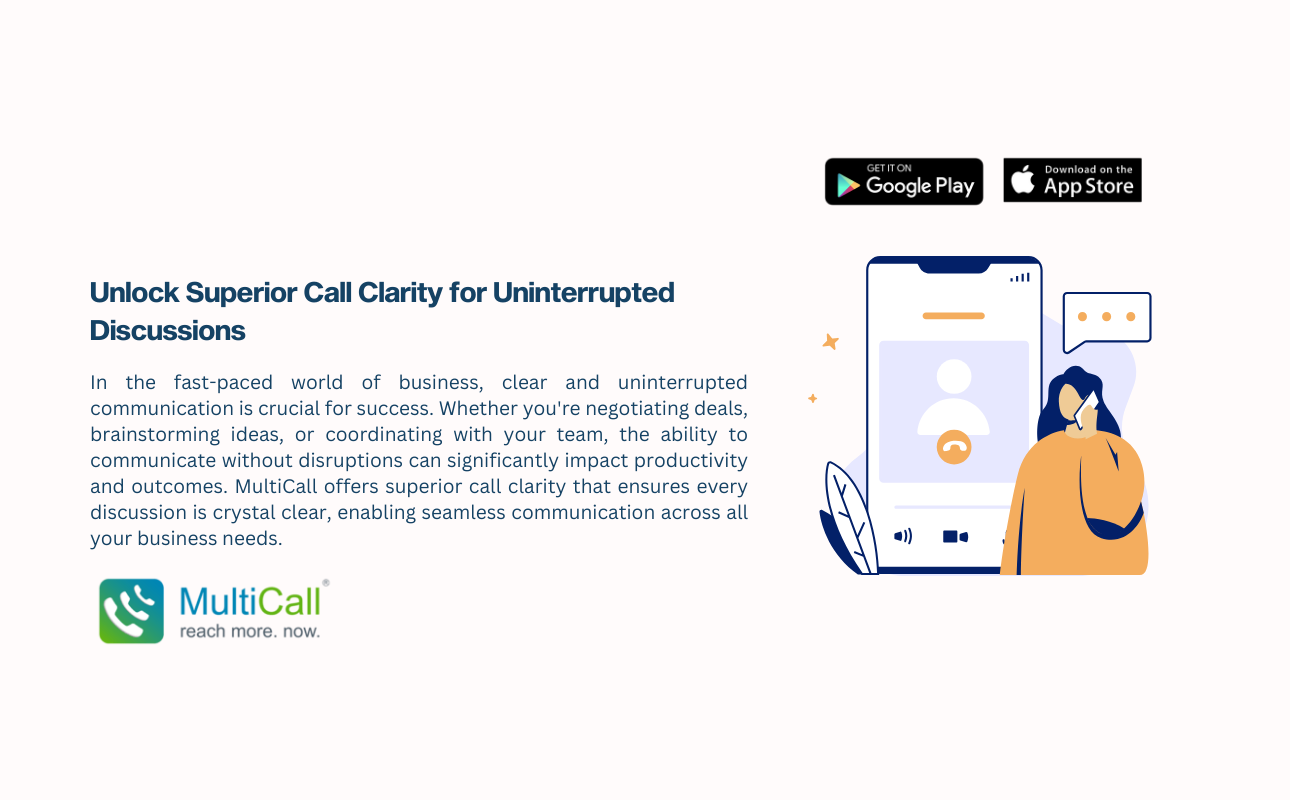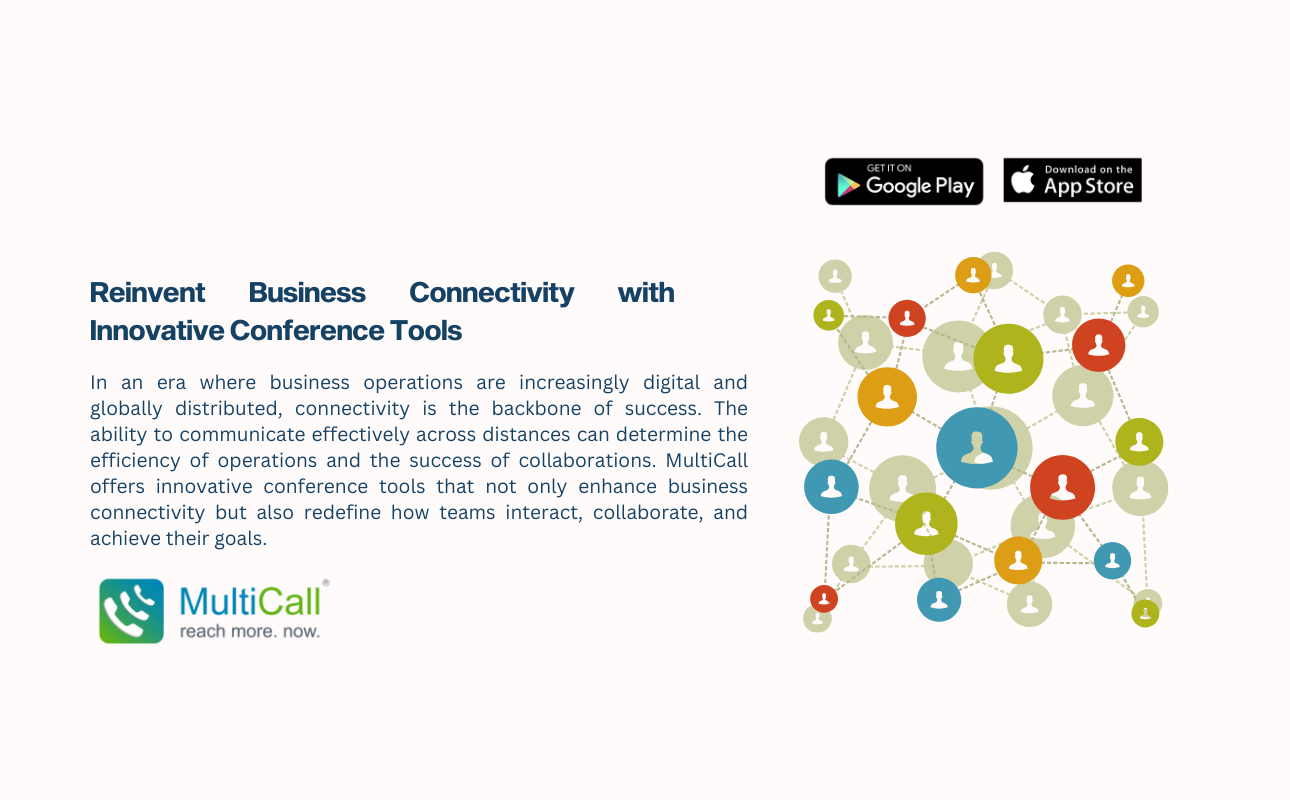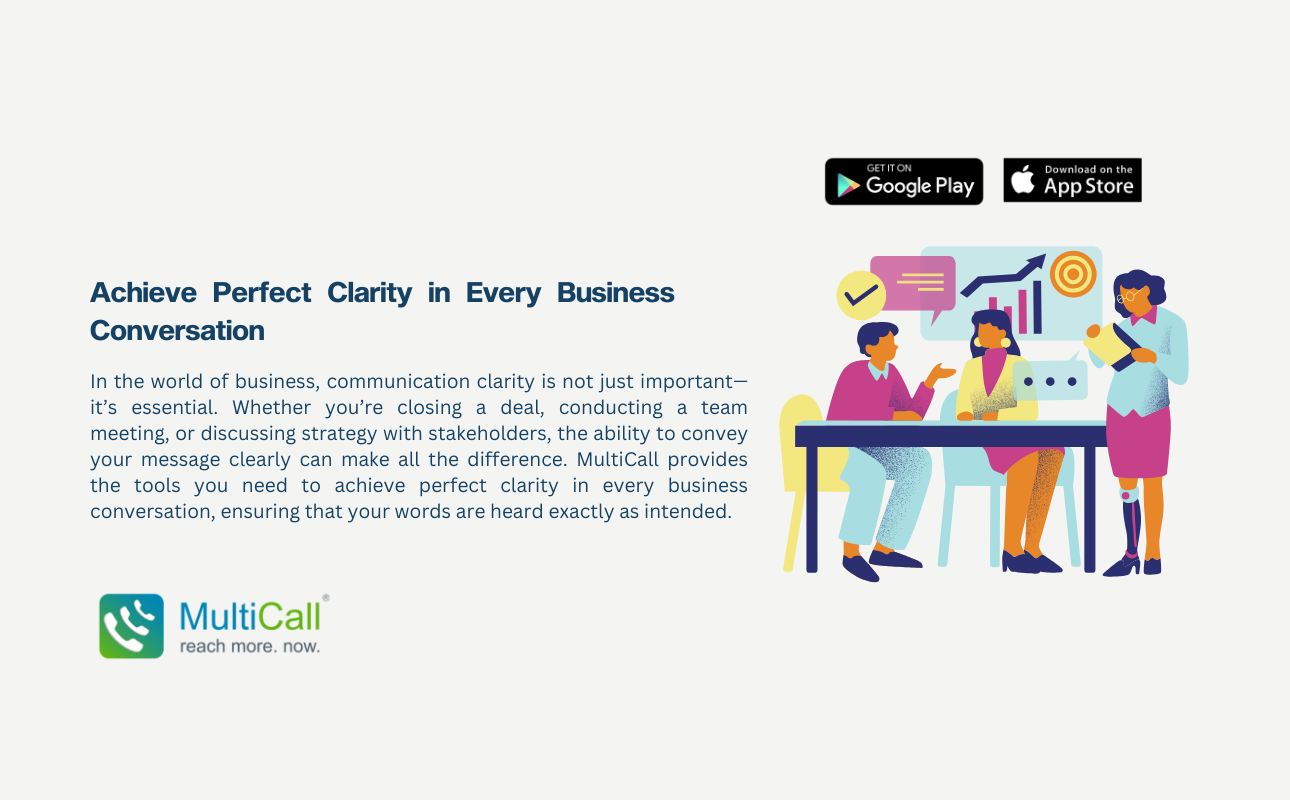
The Best Group Calling Solutions Without Internet Access
The Best Group Calling Solutions Without Internet Access In today’s

The evolution of voice conferencing has evolved radically since the invention of the phone toward the end of the 19th century. Evolving from the manual exchange to electromechanical automatic exchanges, it further developed to analogue electronic exchanges and presently to digital exchanges. Multiple features have come in toward smoother and efficient calls, at different performances, purposes and prices.
But in a business context, knowing how to make a choice from the variety comes down to knowing the tech, what it entails and what therein works best for you. The telecom industry runs amuck with terms like VoIP, PSTN, and so on. What do they mean? Why should you care?
These acronyms summarily refer to myriad telephony systems that not just make one’s business more effective, but also more secure as well. Making an informed decision on which systems are right for your business, comes down to understanding each of them and the costs and benefits they offer.
PSTN


If you make or receive a call on a landline phone, you are utilizing the telephony system known as Public Switched Telephone Network. This is essentially the combination of the world’s circuit-switched telephone networks that are operated by national, regional, or local telephone operators.
By such operations, infrastructure and services needed for public telecommunication are effectively provided for. In the early days connection processes required a physical cable to be connected between each location that the user wanted to call.
As you may guess, scaling such a system was impossible! Placing a physical cable between every household that required access to a telephone nationwide was neither cost effective or feasible. So Alexander Graham Bell, the most renowned creator of the telephone, developed another method that could map any phone to another phone without a direct connection. This device was patented, and called a switch.
With a switch telephone, connection was centralized to an office. This office could then coordinate and connect the call to its intended destination. When an individual wanted to talk to another person, he /she would ring the operator and provide the caller’s information; the name or number of the other party.
Then the operator would patch him/her in by connecting a cord (quite like modern day auxiliary cables) between the two phones and the two people could communicate. Consequently, less routing was required multiple switches in order to get everyone connected on the same platform. In addition, fewer lines were needed for connecting callers after this, and telephone calling became more accessible to everyone.
PSTN has several advantages to its use. Besides being a long tried-and-tested technology, it is maintainable and reliable. Its usage is simple as well, with a hassle-free setup. However, it requires a dedicated line for making and completing a call. To that extent, its scalability, though large, is limited, especially considering that calls cannot be done on the go. In addition, requiring a physical infrastructure for the same would mean incurring maintenance costs on a periodic basis. Costs would also have to be dedicated toward call charges as well.
Moore’s law had stated that the speed and capability of computers grow exponentially, with the costs of the same halving. In addition, the Law of Mass Digital Storage stated that while the amount of digital information produced worldwide doubles every year, the cost of storing digital information is falling at an exponential rate.
The role of both here concerning telecommunication goes to its applications to Internet and mobile communications at present, particularly with the current presence of VoIP technology. An acronym for Voice over Internet Protocol., this refers to the telephony system by which voice communications are sent over the Internet rather than through traditional telephone networks.
Benefits of Voice over Internet Protocol have included Scalability and Installation Costs. You can transmit data, video and voice at the same time. Additionally, since the internet is at the core of this form of communication, nota lot of hardware and relevant infrastructure is required. This in turn results in a huge reduction in call costs, making calls via VOIP cheap and easy. That said, VoIP’s dependence on internet connection entails possible echoes and unpredictable sound quality.




The Best Group Calling Solutions Without Internet Access In today’s

Conclave: The Best Tool for Video Conferencing in 2025 In

Redefine Conference Calls with Unparalleled Clarity In the world of

Unlock Superior Call Clarity for Uninterrupted Discussions In the fast-paced

Reinvent Business Connectivity with Innovative Conference Tools In an era

Achieve Perfect Clarity in Every Business Conversation In the world